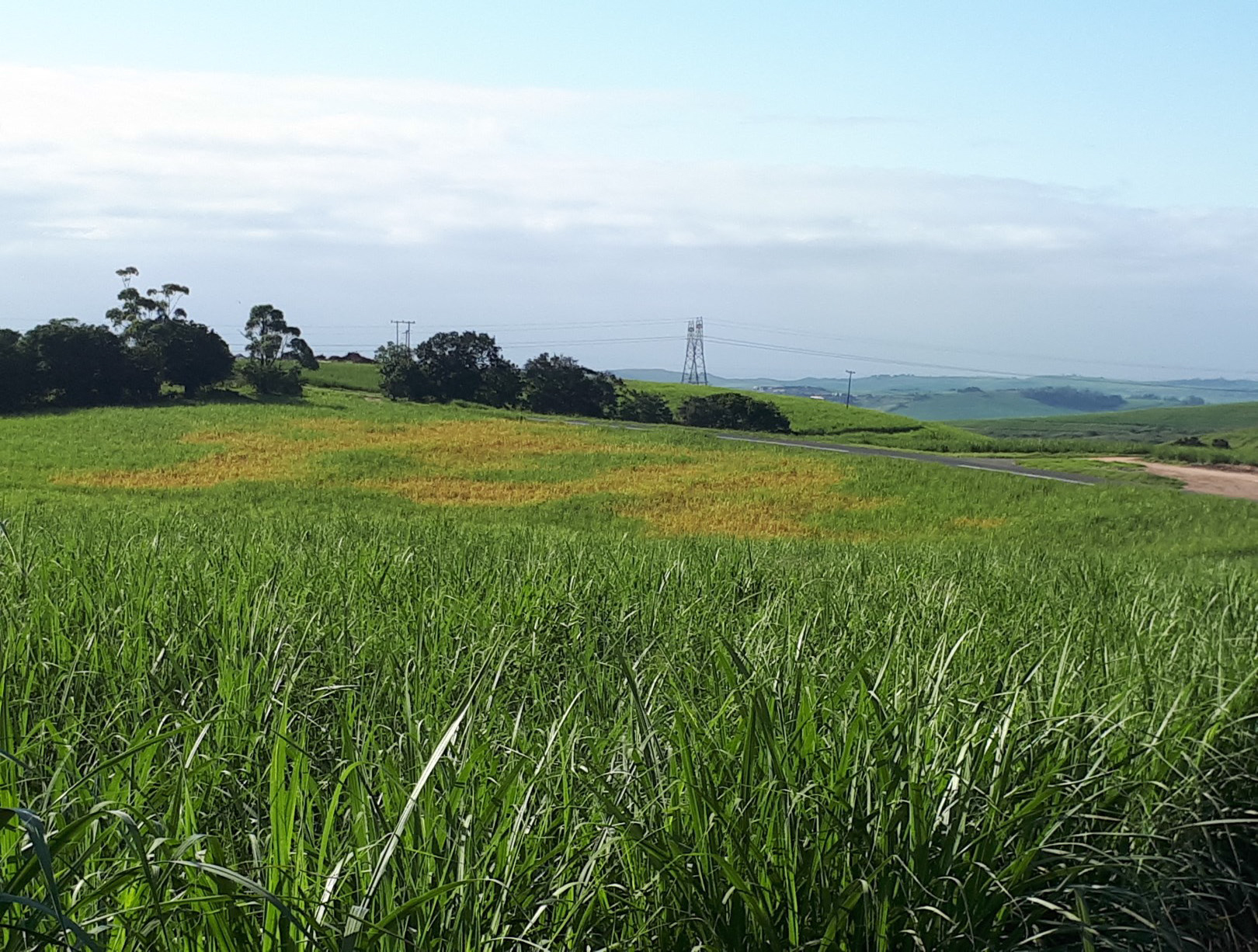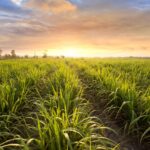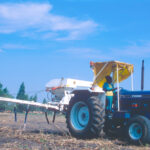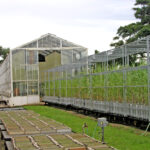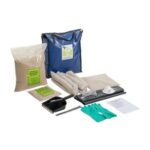Ten years have passed since we first alerted growers to this serious pest! Back then, we urged growers to be alert and to scout for the presence of the aphid in their fields. We also outlined an integrated approach that would be required to manage the pest.
Since the first infestation, the following developments have taken place:
- SASRI Extension and Biosecurity teams were trained in the identification of the pest, a yield loss trial was initiated, and commercial varieties were assessed for their susceptibility to YSA in variety field trials.
- Three new pesticides were registered for the treatment of YSA on sugarcane in 2016.
- The existing network of SASRI research trials was used to examine the effects of the insect and when and where it occurred.
- Grower networks were also explored during this time and growers were asked to report on YSA observations in their fields. This network has proven useful in examining the potential of alternative treatments, such as the use of Bandito®.
- Because the unpredictable and inconsistent infestations of YSA impacted the development of a scouting protocol, research was transferred to the Nakambala Estate in Zambia, and the scouting method was later adapted for local conditions.
- We also recognised that the aphid is present extensively outside the sugar industry on a range of grasses in varied habitats; for example, the Drakensberg mountains, the Highveld (Gauteng), and even the Kruger National Park – possibly the entire country.
- Since 2021, “smart agriculture” approaches are being investigated to detect infestations through aerial imaging technologies across the SASRI trial network. If successful, the design of customised sensor arrays might become possible for early detection by UAVs, which would be an enormously useful monitoring tool.
- In 2022, two grower-led and managed trials were initiated to test the role of on-farm biodiversity and soil amendments in managing YSA. The major advantage of this approach is that testing is undertaken in commercially relevant conditions in regularly infested fields.
- In 2023, two new investigations commenced, aiming at improving YSA monitoring and better understating YSA population dynamics.
So, it’s been a long 10 years…but the message to growers is consistent:
- Scout early and often.
- Understand and identify the factors that may pre-dispose fields or patches to early infestation.
- Choose appropriate varieties.
- If you know when serious infestations are likely to occur, adjust planting dates so that young cane is not exposed to YSA peaks (usually late summer/autumn).
- Practise stringent field hygiene.
- Manage the natural habitat through a diversity of plantings to encourage beneficials and natural predators.
- Spray judiciously, preferably by spot-spraying incipient infestations.
- Only use registered chemicals and spray at the right time.
- Always alternate active ingredients at least after two applications.

Useful technical resources include:
Also See our e-Library for numerous alerts, newsletters and articles over the years.

